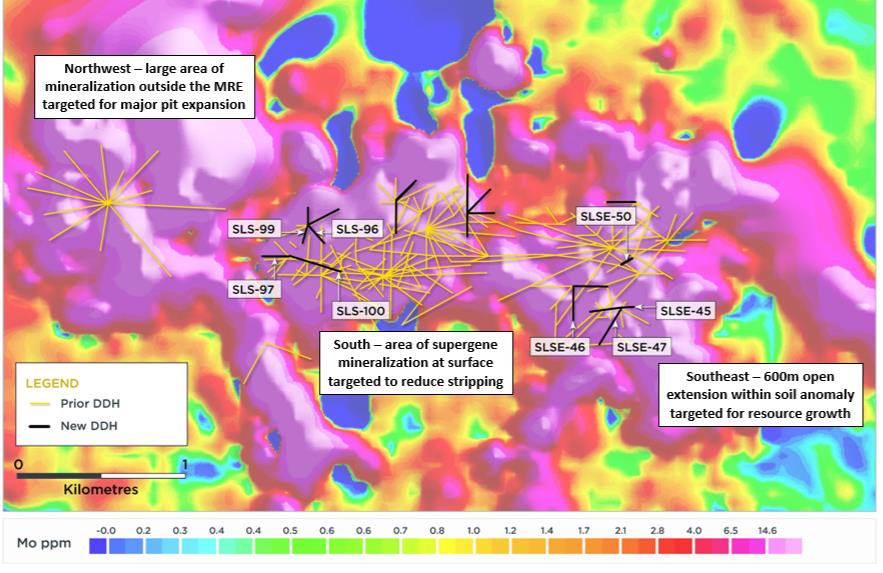Published March 5, 2024
The landscape of lung cancer treatment is evolving rapidly, with Johnson & Johnson’s Rybrevant at the forefront of groundbreaking advancements. This comprehensive whitepaper delves into the multifaceted dimensions of Rybrevant’s role in reshaping the therapeutic landscape for certain subsets of lung cancer patients.
Regulatory Milestones
Following recent FDA approval, Rybrevant has been granted access to the first-line treatment arsenal, alongside carboplatin and pemetrexed, for advanced non-small cell lung cancer (NSCLC) harboring EGFR exon 20 insertion mutations. Additionally, its transition from accelerated to full approval underscores the agency’s confidence in its efficacy as a monotherapy for chemo-pretreated tumors.
Clinical Triumphs
Insights gleaned from the phase 3 PAPILLON trial underscore Rybrevant’s remarkable efficacy, demonstrating a staggering 60% reduction in the risk of disease progression or mortality when administered in conjunction with chemotherapy. Patients receiving the Rybrevant-chemo combination experienced significantly prolonged progression-free survival, signaling a paradigm shift in treatment outcomes.
Navigating the Competitive Landscape
While Takeda’s exit has created opportunities, competitors like ArriVent BioPharma and Dizal Pharmaceutical are poised to challenge Rybrevant’s dominance. However, Rybrevant’s robust clinical data and favorable safety profile position it as a frontrunner in the race for innovative lung cancer therapies.
Market Potential and Growth Trajectory
With ambitious projections to capture a substantial market share among first-line NSCLC patients, J&J anticipates Rybrevant’s peak sales to surpass $5 billion. Despite the formidable presence of AstraZeneca’s Tagrisso, recent trials demonstrate Rybrevant’s superiority in extending patient survival, eliciting optimism among clinicians and investors alike.
Clinical Considerations and Patient-Centric Care
While Rybrevant exhibits promising efficacy, considerations regarding its tolerability and convenience are paramount. Addressing challenges associated with frequent infusions and toxicities is crucial to optimizing patient adherence and outcomes, emphasizing the importance of patient-centric care in the era of precision medicine.
Conclusion: Shaping the Future of Lung Cancer Treatment
Rybrevant’s emergence represents a paradigm shift in the management of lung cancer, offering patients and clinicians a potent tool in the fight against the disease. Continued research and clinical insights will further elucidate Rybrevant’s role in reshaping the treatment landscape and improving patient outcomes, underscoring its status as a cornerstone in the future of lung cancer therapy.





